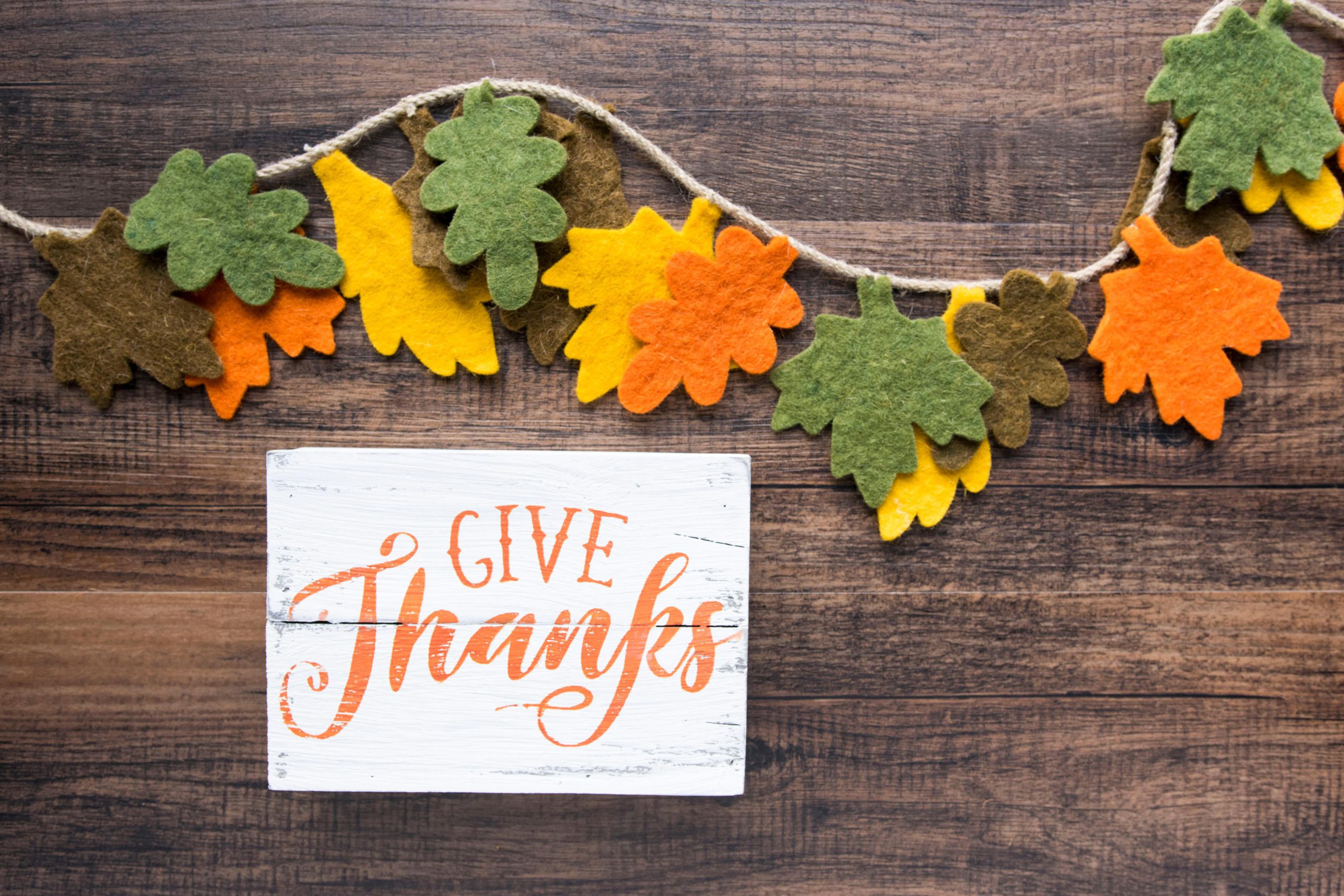Giving thanks impacts everything from patient care to burnout to employee engagement
With Thanksgiving right around the corner, it’s the time of year when our thoughts naturally turn toward giving thanks for all the blessings in our lives. Gratitude is not only a warm fuzzy feeling we get around the holiday table, though. In fact, numerous studies have shown that cultivating a habit of noticing and appreciating the positive has a measurable impact on a person’s health and wellbeing.
And it’s even more important in the often draining and demanding field of health care. Gratitude can boost doctors’ satisfaction with their work, help them to be more empathetic to patients, and combat burnout.
Not all thank-you’s are created equal
“Understanding how gratitude works has transformed the way I experience my work as a health care provider,” wrote Leif Hass, M.D., a family medicine doctor and hospitalist in Oakland, Calif., in UC Berkeley’s Greater Good Magazine.
He goes on to explain, however, that misconceptions about gratitude abound. “When I mention gratitude to my colleagues, I often hear, ‘I sure wish that more of my patients were grateful for all I do.’” Yes, doctors are doing important work that helps patients, but it goes both ways, according to Dr. Hass. Caring for patients, meeting their families, and witnessing patients’ lives, struggles, and healing is “a profound privilege and a gift,” he writes. “These gifts can be missed if we don’t take the time to recognize them.”
As a younger doctor, Dr. Leif Hass viewed thanking patients as ‘a forced, impersonal customer service tool’; today he says it renews his passion for his work.
Dr. Hass has made it a habit to thank his patients. But his attitude about it has evolved over time. As a younger doctor, he viewed thank you’s to patients as “a forced, impersonal customer service tool,” but he has changed his thinking.
He began thanking his patients and their families with the hope that they would feel comforted by the exchange. For example, he might say, “Thank you for letting me play a role in caring for your mother.” The surprise was the benefit it had on him. Dr. Hass wrote, “In fact, I found that these thank you’s didn’t only support my patients—they gave me an immediate burst of energy and renewed passion for my work.”
How gratitude combats burnout
Dr. Hass’ experiences are significant, given that burnout continues to be a serious problem in health care. Nearly half of U.S. physicians feel burnt out, according to Medscape’s 2022 Physician Lifestyle Report. The survey defines burnout as feelings of physical, emotional, or mental exhaustion; frustration or cynicism about work; and doubts about the value of one’s work. Burnout impacts patients, too, since doctors who are burned out are less engaged with patients and more likely to make mistakes.
Studies show that practicing mindfulness and gratitude—by journaling, for instance—reduces stress, depression, and burnout in doctors.
Techniques like mindfulness and practicing gratitude have been shown to reduce the effects of burnout. In one study, health care practitioners who kept a gratitude diary reported a decline of stress and depressive symptoms over a four-week period compared to those who wrote down work-related hassles.
Jennifer Janus, M.D., has found this to be true for her as well. “By focusing on the rewards of my job, my dissatisfaction decreases, and concern and compassion for my patients grows in the space where frustration used to live,” she wrote on Johns Hopkins Medicine’s Closler.org. “And patients are clearly more likely to receive excellent clinical care from providers who are emotionally resilient and empathetic to their needs. In this way I feel that practicing gratitude, especially when times are tough, is an essential component of clinical excellence.”
Tips for showing gratitude in your practice
So what does cultivating an attitude of gratitude look like in daily practice? It might be verbally thanking patients, as Dr. Hass does. Here are some other practical ideas.
Practice mindfulness.
In order to notice and appreciate what’s right in front of you, you have to be present. This can be as simple as pausing for three seconds before you see your next patient, taking a deep breath, letting go of what happened in the last exam room, and refocusing on the present moment, according to Ronald M. Epstein, M.D., author of Attending: Medicine, Mindfulness, and Humanity.
While Dr. Epstein told Medical News Today, “I don’t like this touchy feely stuff. I am not a new age kind of person. I am very skeptical,” he believes mindfulness is a powerful tool for doctors in dealing with stress, being more compassionate, and reducing clinical errors.
For more on this topic, see Stress Management for Doctors.
Lead by example.
“Be a gratitude leader by thanking and acknowledging teammates for their compassion and care throughout the day,” wrote Dr. Hass. Make a point to acknowledge those who contribute to your practice’s success, perhaps at each staff meeting. It’s not only kind, it’s an effective employee engagement strategy.
“Four in five employees (81%) report they are motivated to work harder when their boss shows appreciation for their work,” according to Forbes. “When gratitude becomes a regular organizational practice, employees will feel both appreciated and valued, and their productivity and engagement will increase by leaps and bounds.”
Four in five employees (81%) report they are motivated to work harder when their boss shows appreciation for their work, according to Forbes.
Put gratitude on display. Dr. Hass suggests creating a “gratitude wall” to encourage patients and staff to write down and post their thank you’s to one another. If you’ve received a kind note or card from a patient, put it on your desk or post it where you’ll see it on tough days.
We at Rendia are grateful for our customers and partners. We hope you have a happy and healthy Thanksgiving!
For a related topic, read the Top Five Things Doctors Are Thankful For This Year.

